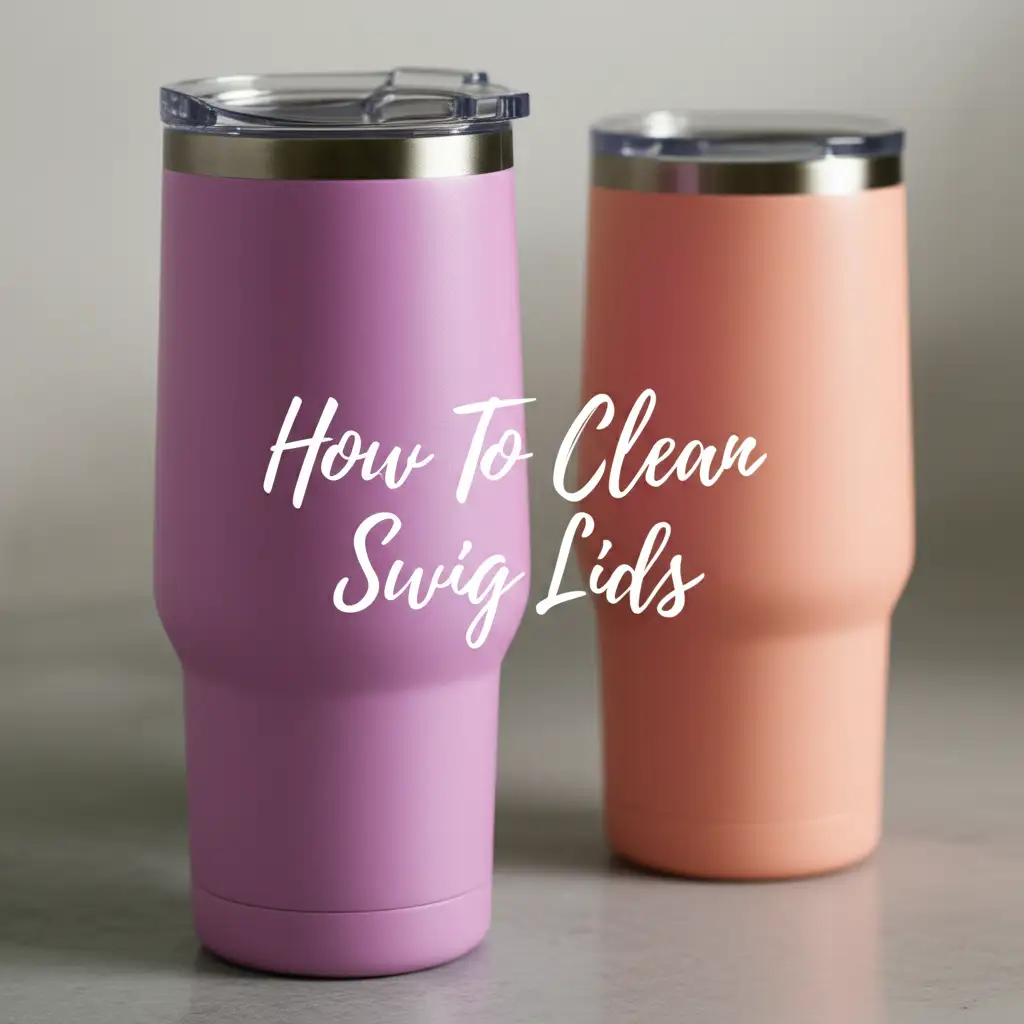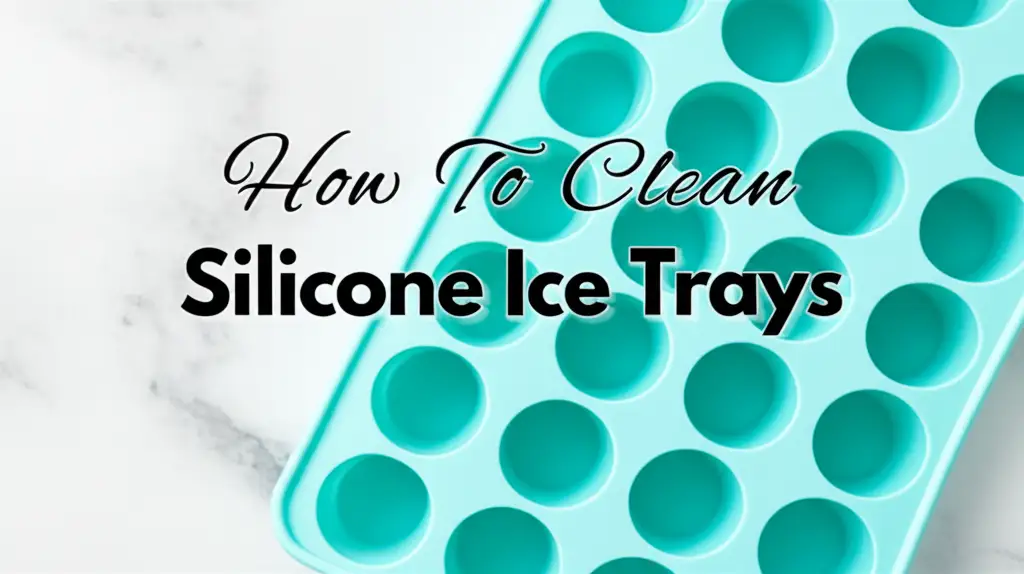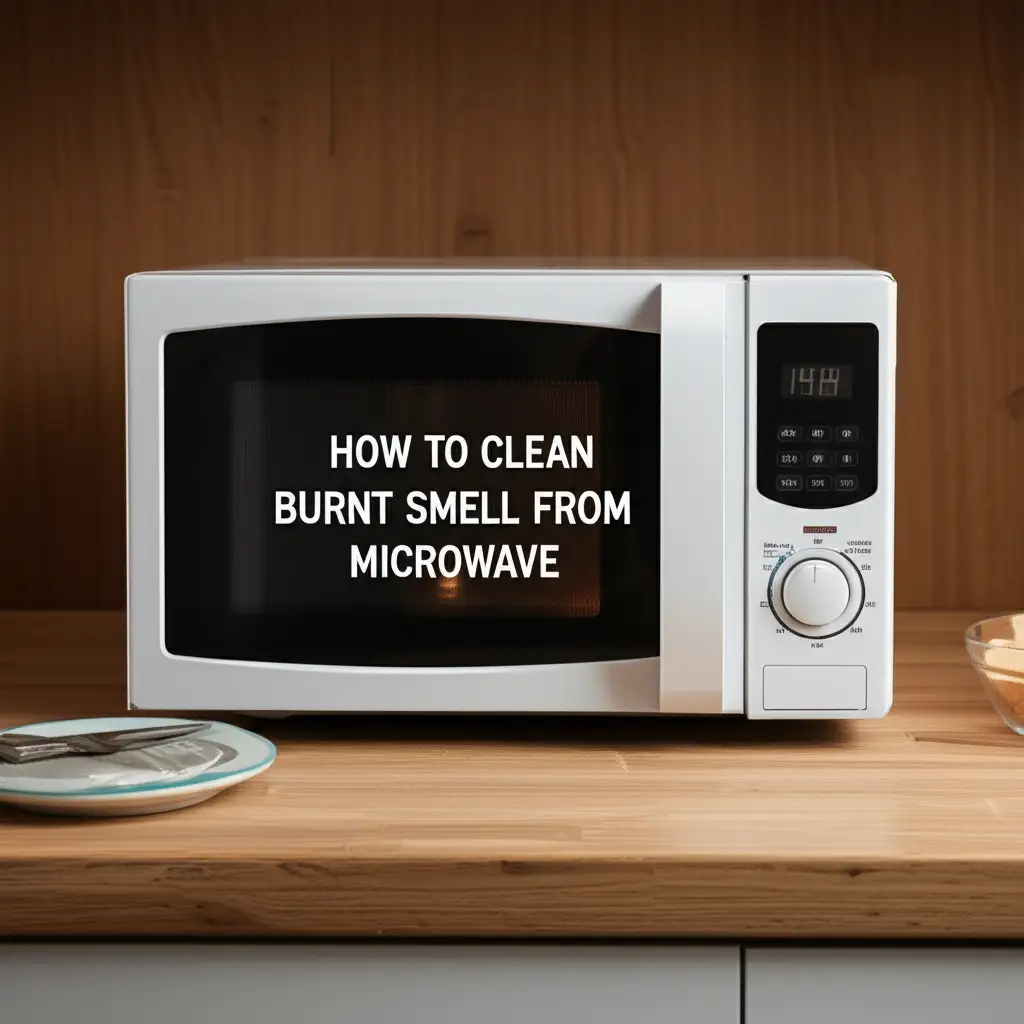· Drinkware Care · 19 min read
How To Clean Swig Lids

Effortlessly Clean Your Swig Lids for Lasting Freshness
Do you enjoy using your Swig tumbler or bottle? I certainly do! It keeps my drinks hot or cold for hours. However, one common problem many of us face is keeping the lid truly clean. Over time, beverage residues, moisture, and even tiny food particles can build up in the intricate parts of your Swig lid. This hidden grime can lead to unpleasant odors and, worse, become a breeding ground for bacteria or mold. A dirty lid impacts the taste of your drink and poses health risks.
Learning how to clean Swig lids properly is important. It ensures your drinkware remains hygienic and fresh for every use. This guide will walk you through various cleaning methods. We will cover daily maintenance, deep cleaning, and strategies to prevent future buildup. You will find practical tips and clear instructions to make your Swig lid spotless and safe.
Takeaway: Keep Your Swig Lids Spotless and Safe
- Disassemble First: Always take apart your Swig lid components.
- Soak Away Grime: Use warm soapy water or a baking soda and vinegar solution.
- Scrub Thoroughly: Utilize small brushes to reach all crevices.
- Rinse Completely: Ensure no cleaning agent remains.
- Air Dry Fully: Let all parts dry before reassembly to prevent mold.
Cleaning Swig lids involves disassembling components, soaking them in warm, soapy water or a baking soda/vinegar solution, scrubbing hidden crevices with small brushes, rinsing thoroughly, and allowing all parts to air dry completely before reassembling. This process removes buildup, eliminates odors, and prevents mold.
Why Cleaning Swig Lids Matters for Your Health
A clean drinkware lid is more than just about appearance; it directly impacts your health. We use our Swig tumblers daily, filling them with various beverages. These drinks, especially those with sugar or milk, leave behind residues. These residues can become a problem if not cleaned properly. Over time, these tiny bits of leftover drink create a perfect environment for unwanted growths.
I have seen how quickly a lid can go from clean to questionable. Hidden spots within the lid’s design are prime locations for grime to collect. This buildup is often out of sight. It affects how your drink tastes. More importantly, it creates a health risk. Regular and proper cleaning prevents these issues. It keeps your favorite Swig tumbler safe and enjoyable for everyday use.
Understanding Grime Accumulation
Swig lids have several parts. There is the main lid body, a slider or flip-top mechanism, and often a rubber gasket. Each of these parts can trap liquid. Sugary drinks, coffee, tea, and even plain water leave microscopic traces. These traces stick to surfaces. They get into the small gaps and seams. I often notice this film first.
When moisture stays trapped, and organic matter is present, grime forms. This is a mix of dried beverage and bacterial growth. The rubber gasket is especially prone to this. It seals the lid, but it can also hide a lot of buildup. If left uncleaned, this grime gets thicker. It becomes harder to remove. This is why a simple rinse is not enough. We need to get into every small part.
Health Risks of Dirty Lids
Dirty lids pose actual health risks. Bacteria and mold thrive in moist, food-rich environments. When you drink from a lid with hidden grime, you consume these microorganisms. This can lead to various health issues. You might experience stomach upset. Some people develop allergic reactions. Mold is particularly concerning. Certain types of mold produce toxins.
I always advise people to be careful with drinkware hygiene. An unpleasant smell coming from your lid is a clear warning sign. It means there is active microbial growth. This can affect your immune system over time. Regular and deep cleaning is a simple step to protect your health. It ensures that your Swig lid is not just clean to the eye but truly hygienic.
Essential Tools and Supplies for Cleaning Swig Lids
To effectively clean Swig lids, you need the right tools. A simple sponge or dishcloth will not reach all the hidden corners. Swig lids are designed to be leak-proof, which means they have seals and small moving parts. These parts are often where dirt and mold collect. Having the correct supplies makes the cleaning process easier and more thorough. It ensures you get into every tight space.
I always gather my tools before I start cleaning. This saves time and ensures I do not miss any spots. You likely have most of these items already in your kitchen. Some specialized brushes can make a big difference. They reach where your fingers cannot. Using the right tools protects the lid from damage while cleaning it effectively.
Basic Cleaning Tools
Your basic cleaning kit for Swig lids should include a few key items. First, you need warm water and dish soap. These are the foundation of any good cleaning routine. The soap breaks down oils and residues. Second, small brushes are a must-have. A straw brush or a bottle brush with a thin tip works well. These brushes fit into narrow openings and grooves. I find a small detail brush, similar to a toothbrush for cleaning, is also very useful for the tiny crevices.
Finally, cotton swabs or pipe cleaners can help. They are flexible and reach into extremely small gaps. Sometimes, a clean, soft cloth is helpful for drying. These tools allow you to scrub away visible and hidden grime. They ensure no spot is missed during the cleaning process.
Natural Cleaning Agents
For a deeper clean or to tackle odors, natural cleaning agents are excellent. Baking soda is a powerful deodorizer and mild abrasive. It helps scrub away stuck-on grime without scratching. I often make a paste with baking soda and water for tough spots. White vinegar is another fantastic natural cleaner. It is acidic, which helps dissolve mineral deposits and kill mold and bacteria. Vinegar also neutralizes odors effectively.
When I use vinegar, I mix it with water. It helps with a good soak. You can find more details on cleaning with vinegar in general how to clean glass with vinegar. Lemon juice can also be used for its acidic properties and fresh scent, but vinegar is typically more potent for sanitizing. These natural options are safe and effective. They avoid harsh chemicals that could damage your lid or leave residues.
Step-by-Step Guide to Daily Swig Lid Cleaning
Daily cleaning of your Swig lid is key to preventing buildup. This routine is quick and simple. It stops residues from hardening and becoming difficult to remove. Think of it as a quick rinse and scrub after each use. This habit extends the life of your lid and maintains its freshness. I always clean my lid right after I finish my drink. This prevents stains and smells from setting in.
This daily process does not require a deep dive into every tiny component. It focuses on the most exposed parts. It removes the fresh residue before it has a chance to bond with the surface. Consistent daily care reduces the need for frequent deep cleaning. It ensures your lid is ready for your next beverage without any lingering tastes or smells.
Quick Rinse Techniques
After you finish your drink, remove the lid from the tumbler. The first step is to give it a thorough rinse under warm running water. Make sure to rinse all visible surfaces. Pay attention to the drinking spout and the slider mechanism. I usually open the slider to rinse underneath it. This washes away loose liquid and initial residues.
You should aim to rinse immediately. Do not let the lid sit with liquid in it. This quick action prevents liquids from drying and sticking to the plastic or rubber. A quick rinse is a good starting point. It removes the easily accessible debris. This prepares the lid for a more thorough wash.
Gentle Hand Washing
After rinsing, hand wash the lid with warm, soapy water. Use a few drops of dish soap. Use your fingers or a soft sponge to scrub the main surfaces. For the drinking spout, use a small brush or a straw cleaner. Push the brush through the opening. Make sure to clean the inside of the slider mechanism. I often work the brush back and forth.
Pay attention to the area around the seal. This is where residue often collects. For the gasket, remove it if possible and wash it separately. Then, wash the grooves where the gasket sits. Rinse all parts thoroughly under running water again. Ensure no soap residue remains. Soap residue can leave a taste. This gentle hand washing is crucial for daily hygiene.
Deep Cleaning Swig Lids: Tackling Stubborn Grime and Odors
Sometimes, a daily wash is not enough. Stubborn grime, mineral deposits, or persistent odors require a deep clean. This process involves disassembling the lid and using more powerful cleaning solutions. I find that deep cleaning once a week or every few uses keeps my Swig lids in top condition. This method reaches the areas that regular cleaning might miss. It is especially important if you drink coffee, tea, or sugary beverages often.
Deep cleaning is essential for maintaining hygiene. It removes any buildup that accumulates over time. This buildup can lead to mold or unpleasant smells. Taking the lid apart ensures every component gets individual attention. This thorough approach makes sure your Swig lid is truly spotless.
Disassembling Swig Lids Properly
Before deep cleaning, you must take your Swig lid apart. Most Swig lids have a removable slider or flip-top part. They also have a silicone gasket or seal. Gently pull or pry these components apart. Look for tabs or clips that hold them in place. Some parts may simply pop out. Be gentle to avoid breaking any small plastic pieces. I usually use a dull knife or my fingernail to lift the gasket.
Once disassembled, you will see areas that are impossible to clean when the lid is assembled. These hidden spots are often the source of odors and grime. It is important to remember how each piece fits together. Take a picture with your phone if you think you might forget. This makes reassembly much easier. Once apart, each piece can be cleaned individually. Many aspects of cleaning intricate lids are similar to how to clean mason jar lids, especially when it comes to dealing with rubber seals and threaded areas.
The Soaking Method (Baking Soda & Vinegar)
After disassembly, soak all lid components. Prepare a basin with warm water. Add a tablespoon of baking soda and about half a cup of white vinegar. The combination of baking soda and vinegar creates a bubbling action. This helps loosen stubborn grime and dissolve mineral deposits. It also works as a powerful deodorizer. I let the parts soak for at least 30 minutes, or even a few hours for very dirty lids.
The soaking action allows the cleaning agents to penetrate difficult areas. This makes scrubbing much easier. The vinegar also helps to sanitize the parts. For information on using vinegar for cleaning purposes, you can refer to general guides like how to clean walls with vinegar. After soaking, the grime will be softened. It will be ready for thorough scrubbing.
Targeted Scrubbing for Crevices
Once the lid components have soaked, it is time for targeted scrubbing. Use your small brushes to scrub every surface. Pay extra attention to the edges of the slider, the inside of the drinking spout, and the grooves where the gasket sits. These areas are prone to buildup. The baking soda paste can be used directly on tough spots for extra scrubbing power.
I often use a cotton swab for the smallest gaps. Make sure to get into any small channels or indentations. The goal is to remove all visible grime. After scrubbing, rinse each part under running water. Ensure all cleaning solution is gone. Hold the parts up to the light to check for any missed spots. A clean lid ensures no lingering odors or tastes.
Removing Mold and Mildew from Swig Lids Safely
Finding mold or mildew on your Swig lid can be alarming. It often appears as black, green, or brown spots. Mold thrives in dark, moist environments. The hidden areas within your lid are perfect for its growth. Addressing mold promptly is crucial. It is important for your health and the longevity of your lid. Using safe and effective methods is key.
I have found that a proper approach can remove mold without damaging the lid. Do not panic if you see mold. With the right steps, you can restore your lid to a clean, hygienic state. The methods focus on killing the mold and then completely removing its spores. This prevents future growth.
Identifying Mold Growth
Mold on Swig lids usually appears as fuzzy patches or dark discolorations. It often has a musty smell. The most common places to find it are on the silicone gasket, inside the drinking spout, or underneath the slider mechanism. These areas tend to stay damp. If you notice a persistent musty odor even after rinsing, it is a strong sign of mold. I always check these specific areas carefully.
Sometimes, mold is not immediately visible. You might only notice a strange smell. In such cases, disassembling the lid is the only way to confirm. If you see any suspicious spots, treat them as mold. It is better to be safe than sorry.
Safe Mold Removal Solutions
To remove mold, white vinegar is an excellent choice. Its acetic acid helps kill mold spores. Mix equal parts white vinegar and warm water. Soak all disassembled lid components in this solution for at least an hour. For severe mold, you can use undiluted white vinegar directly on the affected areas. Gently scrub with a small brush. For general cleaning of mold with vinegar, refer to how to clean mold with vinegar. This process helps break down the mold structure.
After soaking and scrubbing, rinse all parts thoroughly. Ensure no mold residue or vinegar smell remains. Make sure to dry everything completely afterward. For stubborn spots, a paste of baking soda and hydrogen peroxide can be effective. Apply the paste, let it sit for 10-15 minutes, then scrub and rinse. Remember to never mix vinegar and hydrogen peroxide directly. For context on removing mold from various surfaces, tips on how to clean mold in shower can be useful for understanding mold removal principles.
Preventing Future Buildup and Maintaining Swig Lid Freshness
Prevention is better than cure when it comes to Swig lid cleanliness. Once you have deep cleaned your lid, you want to keep it that way. Simple daily habits can make a big difference. These habits stop grime and mold from getting a foothold. They ensure your lid stays fresh and hygienic between deep cleans. I always emphasize these preventive steps.
Maintaining freshness means being mindful of how you use and store your lid. It also means consistent, albeit quick, cleaning. These steps will save you time and effort in the long run. They extend the life of your Swig lid and ensure every sip is clean.
Proper Drying Techniques
After washing your Swig lid, proper drying is crucial. Moisture is mold’s best friend. Always air dry all disassembled lid components completely. Do not reassemble the lid until every part is bone dry. I usually place the parts on a clean dish towel or a drying rack. Ensure good airflow around each piece. You can use a paper towel to blot dry any visible water.
Sometimes, I use a fan to speed up the drying process. Pay special attention to the silicone gasket and the small crevices. Water can hide in these areas. If you put a damp lid back together, you create a perfect environment for mold and odors. Complete drying is the most important step in prevention.
Storage Tips
How you store your Swig lid also impacts its freshness. Once completely dry, store the lid disassembled if possible. This allows air to circulate around all components. If you must store it assembled, ensure it is completely dry inside. Store it in a clean, dry place. Avoid storing it in a closed cabinet if there is any dampness.
I sometimes store my lid loosely placed on top of the tumbler. This allows some airflow. Avoid sealing the lid tightly on the tumbler if it is not completely dry. This traps moisture inside. Proper storage complements your cleaning efforts. It helps maintain the fresh smell and prevents future problems.
Regular Cleaning Schedule
Establishing a regular cleaning schedule is a smart move. Daily quick washes are essential. However, plan for a deep clean at least once a week. If you use your Swig for sugary drinks, coffee, or milk, you might want to deep clean more often. My personal rule is a deep clean every three to four uses, or weekly, whichever comes first.
This schedule ensures that no buildup becomes too stubborn. It prevents mold from establishing itself. A consistent routine makes cleaning less of a chore. It becomes a simple part of maintaining your drinkware. Regular cleaning keeps your Swig lid fresh, hygienic, and ready for your next refreshing beverage.
Dishwasher Cleaning for Swig Lids: Is It Safe?
Many people wonder if they can simply toss their Swig lid into the dishwasher. It seems like an easy solution. However, the answer depends on the specific Swig lid model. Some lids are designed to be dishwasher safe, while others are not. It is important to check the manufacturer’s recommendations. Dishwashers use high heat and strong detergents. These can damage certain materials or delicate components of a lid.
Even if a lid is labeled “dishwasher safe,” there are best practices to follow. High heat can warp plastic or degrade silicone over time. The force of the water jets might not reach all the tiny crevices. This means some grime could still be left behind. I always recommend hand washing for a truly thorough clean, even if dishwasher cleaning is an option.
Manufacturer Guidelines
The first step is always to check Swig’s official care instructions. These are usually found on their website or included with your product. Swig provides specific guidance for each lid type. Some Swig lids are top-rack dishwasher safe. This means they can withstand the dishwasher’s heat and detergents without damage. Other lids might be hand-wash only. Ignoring these guidelines can void your warranty or damage the lid.
If the instructions say hand-wash only, stick to it. Dishwasher cycles are powerful. They can cause plastics to crack or warp. They can also degrade the rubber seals. This could lead to leaks or a non-functional lid. Always follow the manufacturer’s advice to keep your lid in good condition.
Best Practices for Dishwasher Use
If your Swig lid is indeed dishwasher safe, use the top rack only. The bottom rack exposes items to higher heat and stronger spray. This increases the risk of damage. It is also a good idea to disassemble the lid first, if possible. Place smaller components in a mesh bag or a secure basket. This prevents them from moving around and getting lost or damaged.
Use a gentle cycle if your dishwasher has one. Avoid harsh detergents. After the cycle, remove the lid components promptly. Check for any remaining water or dampness. If any part feels damp, air dry it completely before reassembling. Even in a dishwasher, tight spaces might not dry fully. I still prefer hand washing my lids for peace of mind. I know every part gets cleaned and dried properly.
Frequently Asked Questions About Cleaning Swig Lids
Cleaning Swig lids often brings up common questions. People want to know the best practices, how often to clean, and what to avoid. These FAQs address some of the most common concerns I hear. They provide quick, clear answers to help you maintain your Swig lid. Keeping your lid clean means it lasts longer and keeps your drinks tasting fresh.
How often should I clean my Swig lid?
You should rinse and hand wash your Swig lid after every use. This daily cleaning removes fresh residues. For a deep clean, aim for at least once a week. If you use your tumbler for coffee, tea, or sugary drinks, deep clean it every few uses. Consistent cleaning prevents odors and mold buildup effectively.
Can I put my Swig lid in the dishwasher?
Some Swig lids are top-rack dishwasher safe. Always check the specific care instructions for your lid model from Swig’s website or product packaging. If it is dishwasher safe, place it on the top rack and ensure small parts are secure. However, hand washing often provides a more thorough clean for all crevices.
What if my Swig lid still smells after cleaning?
A persistent smell after cleaning often indicates hidden mold or deeply embedded residues. Disassemble the lid completely. Soak all parts in a solution of warm water, baking soda, and white vinegar for several hours or overnight. Use small brushes to scrub every crevice thoroughly. Ensure everything is completely dry before reassembly to prevent future odors.
Are Swig lids prone to mold?
Yes, like many drinkware lids with multiple parts and seals, Swig lids can be prone to mold. Moisture gets trapped in small crevices, especially around the rubber gasket and slider mechanisms. Regular disassembly, thorough cleaning, and complete air drying are essential to prevent mold growth. Do not leave the lid assembled if it is wet.
What are the best tools for cleaning small crevices?
For small crevices, a variety of tools work well. Bottle brushes with thin tips, straw brushes, and small detail brushes are very effective. Cotton swabs or pipe cleaners can reach into extremely tight spots. A soft-bristled toothbrush can also be repurposed for scrubbing small grooves and hard-to-reach areas on your Swig lid.
Is it safe to use bleach on Swig lids?
No, it is generally not recommended to use bleach on Swig lids. Bleach can damage the plastic or silicone materials, leading to discoloration, degradation, or weakening of the lid components. It can also leave behind harmful residues. Stick to safer alternatives like white vinegar, baking soda, and dish soap for effective and safe cleaning.
Conclusion
Keeping your Swig lid spotless is an important part of maintaining your favorite drinkware. You can ensure hygiene and fresh taste with regular care. We have explored the importance of cleaning. We have also covered the right tools and methods. From quick daily rinses to comprehensive deep cleaning, you now have the knowledge. Tackling stubborn grime and preventing mold ensures your Swig lid is always ready for use.
Remember the key steps: always disassemble your lid, soak components thoroughly, and use small brushes for every crevice. Complete air drying is essential. By following these guidelines, you extend the life of your Swig products. You also protect your health. Start cleaning Swig lids properly today. Enjoy a cleaner, fresher drinking experience with every sip.




